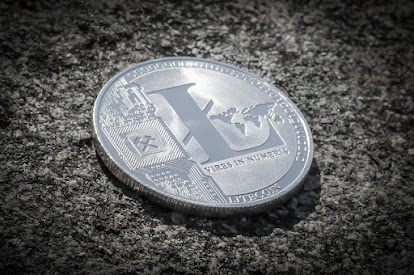Litecoin (LTC) is a decentralized, open-source cryptocurrency that was created in 2011 by Charlie Lee, a former Google engineer. The currency is based on the same technology as Bitcoin, but it has a faster block generation time and a different algorithm for mining. This allows for faster confirmation of transactions and lower fees compared to Bitcoin.
One of the main differences between Litecoin and Bitcoin is the mining process. Bitcoin uses the SHA-256 algorithm, which requires a significant amount of computational power to solve. On the other hand, Litecoin uses the Scrypt algorithm, which is designed to be more memory-intensive and less dependent on specialized mining hardware. This allows for more people to participate in the mining process, making it more decentralized.
Another key difference between Litecoin and Bitcoin is the maximum supply of coins. Bitcoin has a maximum supply of 21 million coins, while Litecoin has a maximum supply of 84 million coins. This means that there will be four times as many Litecoin coins in circulation than Bitcoin.
Litecoin has also implemented a number of upgrades and improvements over the years, including the adoption of SegWit (Segregated Witness) and the Lightning Network. SegWit is a process that increases the amount of data that can be stored in each block, allowing for more transactions to be processed at once. The Lightning Network is a second-layer solution that allows for faster and cheaper transactions by moving them off the main blockchain.
When it comes to investing in Litecoin, it's important to understand that cryptocurrency markets are highly volatile and can be risky. Before investing, it's important to conduct thorough research and consider your own risk tolerance. It's also important to diversify your investment portfolio and not to invest more than you can afford to lose.
You can purchase Litecoin on a cryptocurrency exchange, like Binance, Coinbase, or Kraken. You will need to create an account, verify your identity, and link a payment method such as a bank account or credit card. Once you have purchased Litecoin, you can store it in a wallet that supports the coin.
One of the main advantages of Litecoin is its faster confirmation times compared to Bitcoin. This makes it more suitable for everyday transactions, such as buying goods and services. Additionally, the adoption of SegWit and the Lightning Network has further increased the scalability of the Litecoin network.
It's important to keep in mind that the value of Litecoin and other cryptocurrencies can be highly volatile and subject to market fluctuations. As with any investment, it's important to do your own research and understand the risks involved. It's also a good idea to consult with a financial advisor before making any investment decisions.
In conclusion, Litecoin is a decentralized, open-source cryptocurrency that has many similarities to Bitcoin but also has several key differences. It offers faster confirmation times, lower fees, and a more decentralized mining process. The adoption of SegWit and the Lightning Network has also made it more scalable. Despite the potential benefits of Litecoin, it is important to remember that investing in cryptocurrency can be risky, so it is important to conduct thorough research and consult with a financial advisor before making any investment decisions.



